AKaufman
I am a volunteer with Cambridge Energy Alliance. I began volunteering with them in January 2011.
Related Posts



Community Center Gets Weatherization Facelift
The Cambridge Community Center will receive a major energy efficiency upgrade this Sunday when
community members and experts gather to reduce the building’s energy consumption. The community
“barn raising” project is a combined effort of the Home Energy Efficiency Team (HEET) and the
Cambridge Energy Alliance (CEA) that aims to improve the comfort and efficiency of the Cambridge
Community Center while teaching volunteers energy efficiency and conservation skills.
Volunteers are gathering at the Cambridge Community Center, 5 Callender St, Cambridge, MA from
12:30 p.m. to 5:00 p.m. on June 28th. The project is expected to draw approximately 60 community
volunteers, primarily from the Riverside neighborhood in Cambridge. A team of eight volunteers from
Mass Climate Summer will also be joining this neighborhood effort as part of their broader campaign to
educate residents on efficiency solutions in partnership with the Cambridge Energy Alliance. Mass
Climate Summer volunteers are spending their summer bicycling across Massachusetts to promote
climate change solutions in collaboration with community groups in the commonwealth.
Community volunteers will learn how to make doors and windows less drafty, seal air leaks in the
building, install interior storm windows, and save on electricity through simple changes. They will also
receive energy efficiency kits that contain materials to make their own homes more energy efficient and
information on community environmental resources and programs. The volunteers will apply these
valuable skills and conservation tools to start saving energy and money in their own homes.
These community-style energy efficiency barn raisings have garnered remarkable popular support since
HEET’s launch in August of 2008. Coming together with neighbors and local energy experts to
improve the efficiency of the Cambridge Community Center will have benefits for both individuals and
the community. It is a chance to meet neighbors, try out a green job, cut energy bills at the Community
Center, and get a free energy savings kit, while learning to save energy and money at home.
